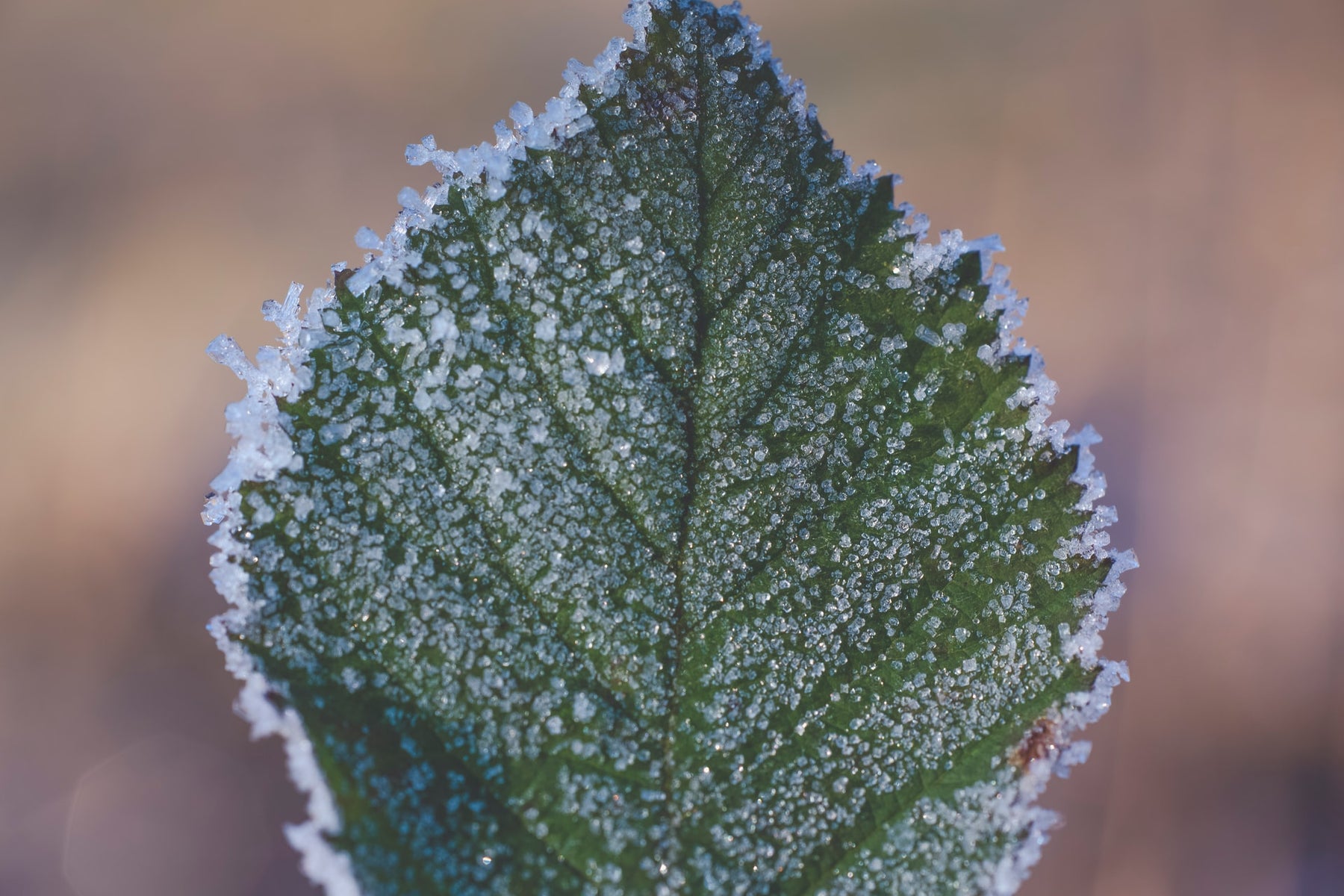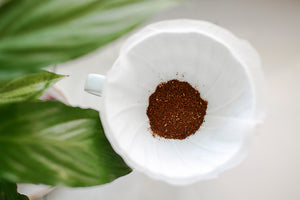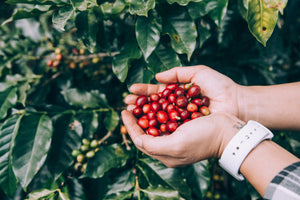
Frosts in Brazil - How Climate Change is Affecting Your Coffee
Starting the day with a hot, caffeinated beverage is non-negotiable for most of us. Whether you drink your coffee black, iced or with milk and two sugars, as a planet, we drink a lot of coffee. According to the International Coffee Organisation, over nine million tonnes of coffee is produced yearly. That’s nearly equivalent to the weight of Giza’s famed pyramids! Unfortunately, a world without coffee is a distinct possibility thanks to climate change.

Climate change is associated with temperamental weather changes that put production at risk. This can be anything from torrential rain, extremely hot weather or unseasonable frost, something that Brazil, a tropical paradise; has had to endure over the last few months. Such weather has negatively affected the world’s largest coffee-exporting country by causing long-term damage to the crops.
As reported by Reuters on August 6th, the South American country had faced the “most devastating frost” since 1994. This has led to the cost of beans rising to a multi-year high, (that includes your specialty coffee). While Brazil’s agricultural minister has indicated that 70% of Brazil’s coffee has already been harvested for the 2021/22 crop year, the frost damage is deemed to be so severe that farmers have had to replant trees. This means that production will be unable to resume for up to three years! Prices have stagnated thus far, as suppliers are tied to binding contracts until the remainder of 2021; however, early 2022 will paint a different picture.
Frost in Brazil isn’t uncommon; however, it is a rarity. And when it does happen, it’s usually in areas of the valley where coffee growing is less prominent. The last time this happened so severely was during the 1970s, though generally an adverse frost occurs once every fifteen to thirty years.
Frost is when the moisture in the air freezes, causing snow and ice particles. These form on exposed surfaces, such as coffee leaves. But fear not! Not all frost is devastating. White frost leaves visible ice crystals on the surfaces. Generally, it doesn’t permanently damage the leaves and plants, but can impact delicate coffee flowers or the coffee cherries as they are growing. On the other hand, black frost reduces plant leaves to black or brown residue. This irreversible damage means that even if they do bounce back, these trees will never produce coffee cherries again. A life-changing fate for the sapling.
Unfortunately, the regions that were impacted the most were São Paulo and Minas Gerais – the two largest coffee-producing states in Brazil. Farmers are still unable to assess the long-term damage of the frost, especially since other regions, like Apucarana and Pinhalão, are still 100% likely to experience similar unseasonable weather in the coming weeks.
Other coffee-exporting countries have suffered similar changes to their weather cycle. Vietnam – the world’s second-largest coffee producer – has experienced droughts in rainy seasons, which have prevented crops from growing. Meanwhile, regions in East Africa have sustained flash flooding from unrelenting downpours. These coffee crops have either gone mouldy or become empty husks known as ‘floaters.’
This isn’t the first time that coffee will be negatively by climate change either. Numerous coffee varieties struggle to thrive in extreme temperatures, meaning lower yields that prevent farmers from satisfying high demands. The most common varieties are the arabica and robusta, with the former finding its way into 60% of our morning pick-ups.
Today, the arabica is fetching around $2 per pound on the global market, which is nearly double the price it was nearly ten years ago. Still, that’s nothing compared to the all-time high recorded over twenty-five years ago at $4.48 per pound. We count ourselves lucky! Still, once the full damage has been assessed some analysts have predicted that the coffee price could rise as high as $3 per pound.
Climate change and deforestation have meant that six out of ten wild coffee plant species have been added to the IUCN Red List. These wild species are the final key to developing variants that can withstand extreme hot and wet conditions, due to their greater biodiversity. Still, we must stop them from going extinct first!
I’m sure we’re all tired of hearing this, but it’s true: Planting more trees will literally save the planet. Hear us out: planting a canopy over crops will create vital shade for plants that reduce the average temperatures in extremely hot regions. This practice is becoming increasingly common in African coffee growing regions. Additionally planting additional trees in coffee plantations can shore up the soil to reduce the risk of erosion, which is caused by flooding. For farmers wanting to combat frost, funding for overnight irrigation systems will prevent moisture from freezing.
If we have learned anything, it’s that climate change affects us all. As a planet, we are interconnected through trade and disasters that happen outside our borders can impact our lives, society and economy directly. Freak weather events happening thousands of miles away are easy to overlook until the knock-on effect start to impact your daily caffeine fix.
It’s clear than in the end, we all have a role to play. Our advice? Do your research before buying your next bag of coffee – where has it been grown? Do the roasters, importers and producers support projects that promote biodiversity and environmental improvements in the coffee-growing areas? Most specialty roasters now have information on their website about projects they are involved with so you can, in good conscience, choose to buy from people that align with your values, as well as those actively working towards safeguarding coffee growing for future generations.



